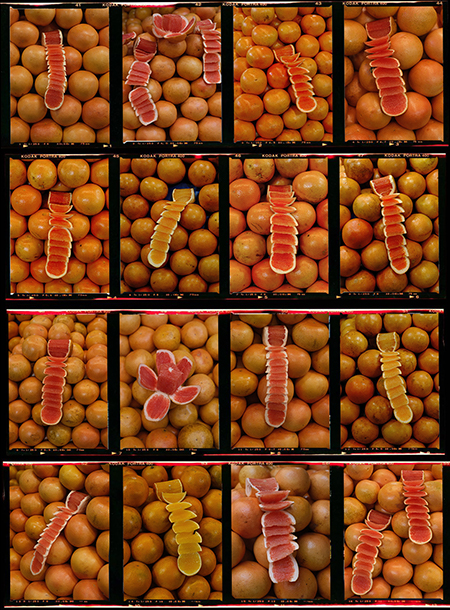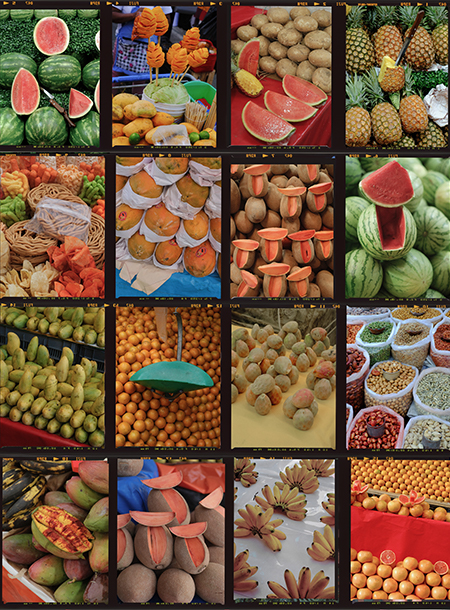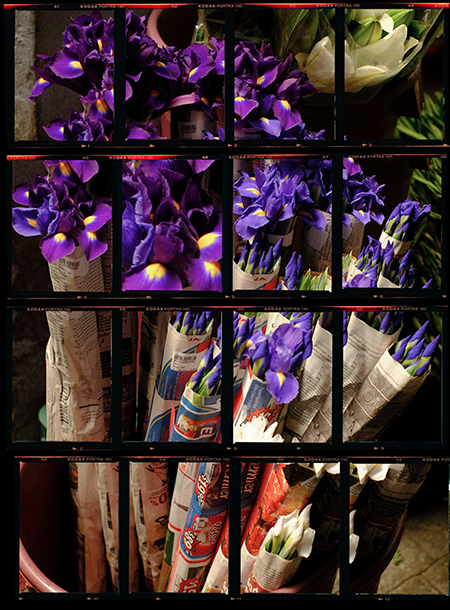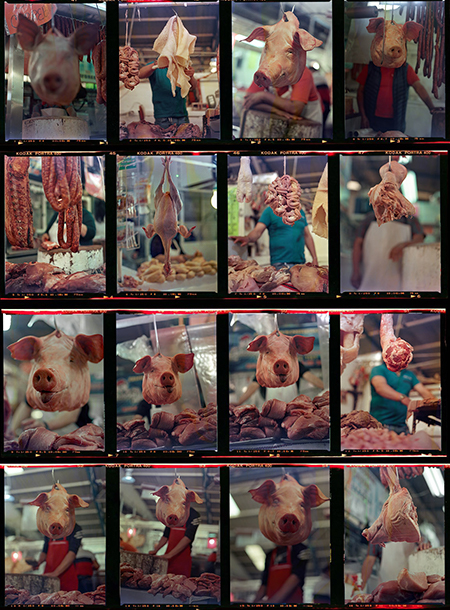Warning: The following post contains images that may be disturbing to some readers.
I am often asked why I moved to Mexico City from LA, and instead of a long cautionary tale about running away from debts and loneliness, I tell, again, a circumspect story involving the Belgian-born artist Francis Alÿs, who has lived in Mexico since 1986, and what it means perhaps to be not who you’d like to be, but adjacent, and to hope if you insist on an identity hard enough that the declamation might then become true. Alÿs, who made a practice of running headlong into tornadoes, once said in an interview that Mexico City was the last place people were still willing to call themselves poets, without self-consciousness or qualification. I wanted this delusion for myself, to allow desire to masquerade as manifestation, to let my life be as fragile as an inflatable, all puffed-up without any substance to fill it, as though the not-yet-true is not more accurately described as a lie. A shaman once told me that sometimes our romantic notions of ourselves are not who we actually are, but anyway, I ignored him. I wanted to be a poet, I wanted to say out loud, I am a poet—so I moved to Mexico City.

Or maybe—and I am not self-aware enough to know if this is more embarrassing than being such an actual crappy poet and unable to just get over it already—I moved to Mexico City to shop. This I am great at. Not even shopping but walking around without the urgency of needing anything. Shopping and curation are tasks uniquely suited to those of us too distractible to see our own lives out. It is a consolation: To sort out of the material of the existing world whatever it is that gives an arrangement a certain poignancy, and to move the frames and groupings over and over in hopes of another meaning. Sifting is particularly relevant to what I curate, which is not quite art but the space between function and expression, or perhaps better described as things aiding the performance of the everyday—objects suffused with some of the use and repetition of daily life, especially where these rituals become no longer distinct from the remarkable. Sometimes, in front of the market by my house in Roma Norte there is a man on a stationary bike who sharpens knives. Or go upstairs, squeezing between two booths selling yellow–skinned raw chickens at the Mercado Abelardo Rodriguez in Tepito, and there is a mural by Isamu Noguchi protected from a fallen-in ceiling by cut-up garbage bags, and someone has stacked unwanted office furniture in front of it. At the hardware store in Centro, about a block south of La Zarzamora, there are candle holders made out of scrap metal (pie tins?), and just because it is anonymous does not mean that someone did not make it, whom I cannot track down with effort. And past the shop selling dog collars, in the alley by the church, is the first painting Alÿs himself allegedly ever made. It hangs above the door of an air conditioner repair shop; it looks like maybe it covers a hole in the wall, and it is not for sale. Jorge Luis Borges said the thing about happiness is that it might be temporary but it also happens frequently, and he might as well have been describing how I’ve felt in the markets of Mexico.

Of course, I consider none of this in the hours I spend wandering, or driving to villages looking, with sheer entitlement, to arrive unannounced and expect welcome. Go to where the tuk tuks are and ask for the blind man, and a tuk tuk driver will take you to the artist’s home. Sometimes I believed advice that did not bear out and it did not kill me. I did this even before I knew I was preparing for anything, before the exhibitions were scheduled or imagined, but maybe this is why I always wanted to write poetry—that you couldn’t know what it was for until it was already done. The accumulation of skill is a responsive thing, as ordinary as the world itself, where we change the things we encounter as we are changed. The tuk tuk driver led me to the blind man who is the potter José García Antonio, and on the ground was a planter in the form of the woman’s head with a mole between the eyes, and I thought, what a strange detail until I met his wife who has a mole between her eyes, and a face that Don José has touched.

Don José’s studio now makes nearly 50 of these head planters a month, for visitors and documentary crews that have recently thronged his studio in San Antonino, about an hour outside of Oaxaca City, and so I asked him instead if he might make some self-portraits that I could cast in bronze into a candle holder and bookends. I thought I might like to sidestep what was becoming more readily available, what was becoming mainstream, but then he sent me clay figures of a man stretching and meditating in the nude. Don José had taken up yoga.
The ordinary is, as the poet Mark Strand said about nothingness, a subject that “doesn’t allow a description of itself.” What expectations attend our sense of the everyday, which is as likely to be absurd as it is to be boring, and as likely to change as not? Nothing, of course, feels too acutely like something until it ceases to feel like anything forever, and perhaps the essential idea of the everyday is lost by our finessing of it, too—the everyday is no longer everyday as soon as we look at it more closely, and becomes extraordinary instead of ordinary.

Su Wu is a writer and curator based in Mexico City, and an art editor for n+1. She is curating an exhibition of handmade objects by Mexican artists for Dries Van Noten’s “Little House” in Los Angeles, opening in 2022. In October 2021, with the nomadic gallery MASA, Wu is also curating an exhibition in Oaxaca of Ana Mendieta’s “Siluetas”—five film works shown for the first time in the place where they were made—alongside a selection of physical and conceptual resting places.
Sam Youkilis is a photographer and filmmaker from New York City. His projects show intimate, quotidian scenes in public spaces around the world. He currently is living and working in Mexico.